BRAD AND MICHELE MOORE ROOTS MUSIC SERIES

A PERFECTLY GOOD
GUITAR
 MUSICIANS ON THEIR FAVORITE INSTRUMENTS
MUSICIANS ON THEIR FAVORITE INSTRUMENTS
CHUCK HOLLEY
UNIVERSITY OF TEXAS PRESS, AUSTIN

The publication of this book was made possible by the generous support of Ellen and Ed Randall. Their donation is dedicated to their daughter Helen Randall, in appreciation of many happy memories.
Copyright 2017 by Charles Holley
All rights reserved
First edition, 2017
Requests for permission to reproduce material from this work should be sent to:
Permissions
University of Texas Press
P.O. Box 7819
Austin, TX 78713-7819
http://utpress.utexas.edu/index.php/rp-form
LIBRARY OF CONGRESS CATALOGING-IN-PUBLICATION DATA
Names: Holley, Chuck, author.
Title: A perfectly good guitar / Chuck Holley.
Other titles: Brad and Michele Moore roots music series.
Description: Austin : University of Texas Press, 2017. | Series: Brad and Michele Moore roots music series
Identifiers: LCCN 2016030561| ISBN 978-1-4773-1257-5 (cloth : alk. paper) | ISBN 978-1-4773-1258-2 (library e-book) | ISBN 978-1-4773-1259-9 (non-library e-book)
Subjects: LCSH: Guitar. | GuitaristsUnited States.
Classification: LCC ML1015.G9 H67 2017 | DDC 787.87/19dc23
LC record available at https://lccn.loc.gov/2016030561
doi:10.7560/312575
CONTENTS
INTRODUCTION

I HAVE ALWAYS LIKED photography, music, and a good story. Those three things came together on a summer evening in 2007 at Island Park in Cedar Falls, Iowa.
Puddin Truck, a local band, was playing at The Beach House on a Saturday night. I stayed until the bitter end, chatting with the band as I finished my beer. Rick Oltman, a guitarist, was packing up his rig when I struck up a conversation.
You sounded good tonight, but I couldnt help but notice the wear on your guitar, I said. What happened?
What followed was an account of his experiences beginning with the day he purchased the guitar.
Rick was eighteen years old in 1969, living in Waterloo, Iowa. With his parents permission, he withdrew four hundred dollars from his savings account and boarded a Greyhound bus bound for Minnesota in January. He was in search of a guitar.
He purchased a 1969 Gibson Les Paul with a Kustom amp head from B Sharp Music in Minneapolis for $444.44. The guitar was nearly stolen at the bus terminal as Rick waited to return home... the first, but not the last, time that there would be a story he could tell about his guitar.
In the mid-1970s, he was playing with a band in Effingham, Illinois. After a performance one night, he set his Les Paul on the guitar stand next to the jukebox where he thought it would be out of the way. It was, until an inebriated woman bumped into the jukebox and fell into the guitar, bending the bridge.
The next day, he removed the bridge with a screwdriver. I didnt have a car, so I stuck this bent bridge in my pocket and started walking, said Rick. I walked through this rough industrial town until I found a machine shop.
After explaining his problem to the machinist, he watched as the bridge was placed in a vise where it was bent, tugged, and pounded to the shape resembling the original arc. He reattached it, and there it remained on his Les Paul until he got around to replacing it years later.
A few weeks later, I thought about my conversation with Rick. There are lots of things to which people assign value. A piece of jewelry can be worth more to someone than any appraised value. A memento, a reminder of another time, can hold value, real or perceived. That includes guitars. There must be other players with their own stories. All I had to do was ask.
I began an eight-year search, looking for professional guitarists who would be willing to recall how they acquired that one special instrument and why it grew in importance to them.
Ive heard about both acoustic and electric guitars. With a few notable exceptions, the vast majority are commercially made. I held no allegiance to a particular brand. Some were made by the finest luthiers while others were assembled from parts. Perhaps the oddest conversation centered on cigar box guitars.
At the outset, I envisioned a collection of stories about six-string guitars. Not basses, mandolins, banjos, or pedal steel guitars. I didnt have many parameters, but I felt I should have some.
Those parameters were challenged in my first conversation with Nashville player James Pennebaker.
I found James to be a nice guy, ready to share his story about an early Fender lap steel. I wanted to hear his tale, but I explained my interest was in six-string guitars.
James is something of an instrument historian. He explained that the lap steel guitar is the direct forerunner of the solid body electric guitar. If it were not for the lap steel, its possible that Leo Fender never would have developed his first solid body electric guitar, marketed as the Fender Broadcaster. The Broadcaster gave way to the Nocaster. Production of the Telecaster followed, and Fender later introduced the Stratocaster. Both models, to this day, are staples in the industry.
So James took me to school, and that education led me to stories from Cindy Cashdollar and Greg Leisz. James also had a damned good story. For that, I am grateful to him.
I interviewed dozens of professionals, and most of the artists I approached were quite willing to visit with me. Im grateful to all who were gracious enough to discuss their guitar of choice.
The instrument represents different things to different people. To some, its nothing more than a tool. To others, it can represent something more. A guitar can be special because of how it was acquired. Perhaps its a gem discovered in a pawnshopa diamond in the rough taken home, polished, and given a new life. Everyone likes a bargain, but in the age of the Internet, eBay, and Craigslist, the pawnshop bargains are almost a thing of the past.
A guitar can be a tool for healing both debilitating physical setbacks and emotional scars. It can heal the body and the soula tool most likely overlooked by modern medicine.
Guitars come and go. Some artists continually buy and sell guitars in a search for the Holy Grail, that one perfect guitar. And the ingredients for that perfection begin with the wood chosen for the body. The stain, the radius of the neck, the fingerboard, the strings, the bridge, the saddle, the pickups, and the action all determine how it sounds to the discerning ear. These elements meld, like a gumbo, to form the perfect guitar. However, perfection for one artist could be all but unplayable for another.
Some artists part with a guitar out of necessity. As one put it:
For the most part, people buy an instrument because they are flirting with the love of playing music. Its the beginning of dreams. At the time you buy a guitar, there is an entire lifetime of dreams which flash before them.
They say, Im going to play guitar! Ninety-nine percent of the time that doesnt happen. But that doesnt matter. Guitars embody a lot of dreams.
Selling a guitar is, for the most part, a feeling of failure.
Next page




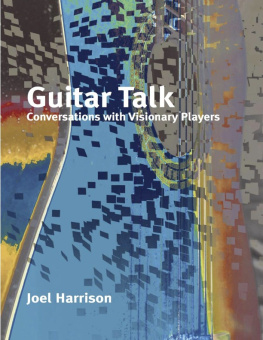
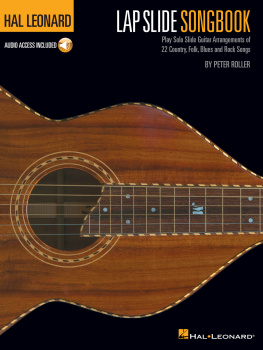


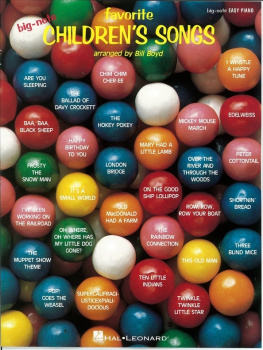

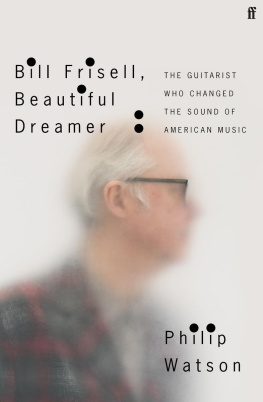
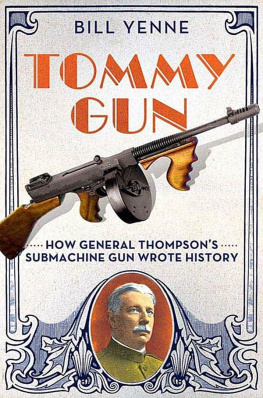
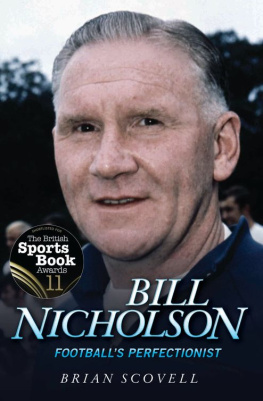

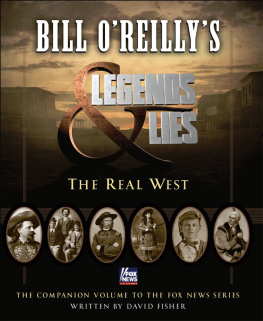
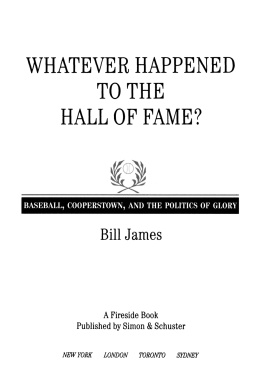

 MUSICIANS ON THEIR FAVORITE INSTRUMENTS
MUSICIANS ON THEIR FAVORITE INSTRUMENTS

